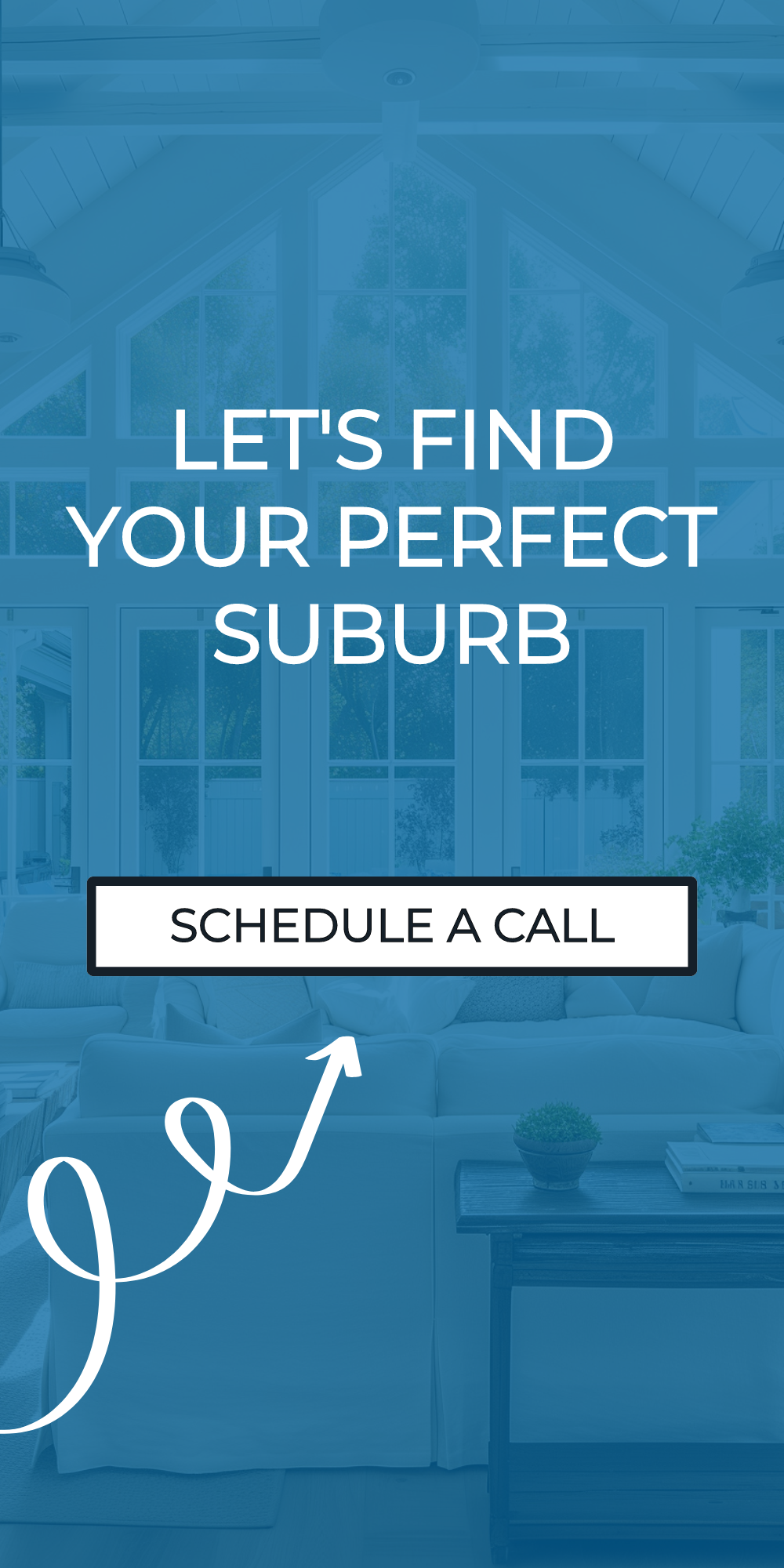From expanding your suburban search to expanding your nanny search, Uber in the suburbs makes life
Living in the city, you’ve probably come to rely heavily on Uber and Lyft. With just a few taps, you can go anywhere, avoiding the hassle of trying to hail a yellow cab. And taking the subway? Often, it’s a headache you’d rather avoid, especially if it means being delayed underground.
But when you think about moving to the suburbs, you probably figure you’ll just buy a car or two and say goodbye to ridesharing. However, the truth is a bit different. Ubers, just like many city dwellers, have found their way to the suburbs, and it’s making a big difference for suburban families. Here’s the scoop on how Uber in the suburbs is a game-changer…
#1. You don’t need a parking spot

Heard the legends of the eight-year waitlists just to get a spot at the train? Guess what—they aren’t just suburban myths. In some NYC suburbs, commuters can wait years to get a spot at the station—and when they do, it could cost hundreds if not thousands of dollars per year just to maintain that spot.
Rather than dealing with the hassle of finding a parking spot at the train station, why not take an Uber or Lyft? It’s usually just a few dollars and saves you the trouble of driving around looking for parking, especially in non-resident areas. If you’re worried about the cost adding up, check out who else is waiting for cars, taxis, or pickups at the station. You might be able to share a ride with friends or neighbors, making it more affordable and social at the same time.
#2. You can go to another station
Uber in the suburbs offers more flexibility than you might think. For example, you can easily access a train station in a neighboring town, even if they don’t offer parking for non-residents. One working mom we talked to uses a station closer to her home than the one in her town. Since she can’t park there due to not being a resident, she and her neighbor share a Lyft every morning. In the evenings, she catches a ride back from the station with her husband.
This approach turns out to be cheaper than an annual parking permit, and they save about 10 to 15 minutes each morning by using the closer station. When you’re rushing in the morning, those extra minutes can be a real lifesaver. Uber and Lyft in the suburbs can be a smart, time-saving choice for your daily commute.
#3. Your live-in nanny can Uber in the suburbs
If you have a fantastic nanny in the city who doesn’t drive, consider using Uber in the suburbs as a solution to get her to your place. Rather than looking for a nanny who can drive, which can be more costly and limit your options, just let her use your Uber and Lyft accounts. This way, she can easily take your kids to soccer practice, gymnastics, after-school clubs, and playdates without needing to drive herself. Plus, Uber and Lyft offer options with car seats and boosters, making it even more convenient if you have a young child. This approach simplifies transportation and keeps your trusted nanny in the picture.
#4. You want to extend your childcare search
In some cases, the best option for childcare might be hiring nannies from the city, especially if you live in certain suburban areas. However, these nannies often don’t drive or don’t have a car.
Instead of just looking for nannies near you, why not use Uber in the suburbs to your advantage? You can arrange for an Uber or Lyft to pick up your nanny from the local train station. As long as she can make it to your station from the city, you can handle the rest. This approach also opens up the possibility of connecting your nanny with others who might need a ride to or from the bus or train. Once she’s at your place, she can easily use Uber to take your kids to various activities like classes, lessons, practices, and playdates with just a quick tap on her phone.
#5. You don’t want a second car
In many suburbs, getting by with just one car can be challenging, while others might be easy to get around on foot. However, there will likely be times when you need a second set of wheels. This is where Uber in the suburbs can be a real game-changer. If your only car is being used by your spouse, nanny, or teenage driver, you can easily call an Uber and get where you need to go with your family. Relying on Uber in these situations could save you thousands every year that you’d otherwise spend on car payments, fuel, and maintenance – and that’s a big plus.
#6. You can go OUT—like out out…

The suburbs are filled with fantastic restaurants, concert venues, live shows, and more. There are times when you just don’t want to drive, whether it’s because of enjoying some wine or facing a crowded parking lot. Just like you did in the city, you can now easily call an Uber in the suburbs for these occasions. It makes getting around simple and hassle-free.
#7. You can send the sitter home
And when you get home? Pop the sitter or nanny in an Uber and send her home. While the platforms have an 18-and-over policy, if your sitter meets the mark, you’ll be able to dodge those late-night drop-offs—bonus.
#8. You aren’t married to a train schedule
If you ever miss your train or bus in the suburbs, an Uber or Lyft can be a great backup option. Although it might be more expensive than your usual commute, when you need to get home, you need to get home. Plus, the cost of ridesharing in the suburbs is becoming more affordable. A commuter from Long Island mentioned it’s only $40 to get to his midtown office in the early morning. In those urgent situations, spending $40 can be more than worth it.
And, of course, we’d be remiss not to mention our other favorite Uber-ification of the suburbs: UberEats! UberEats has hit the East Coast ‘burbs in a BIG way, taking out take-out options from dismal to decadent. One family said they had two restaurants that offered online delivery before UberEats hit the scene. Now they have 60. Yum!
Choosing the right town to call “home” is the most important decision you’ll ever make—why go it alone? Get in touch and our expert Suburbs Strategists will help you navigate the ‘burbs and find the right town to call “home.”

